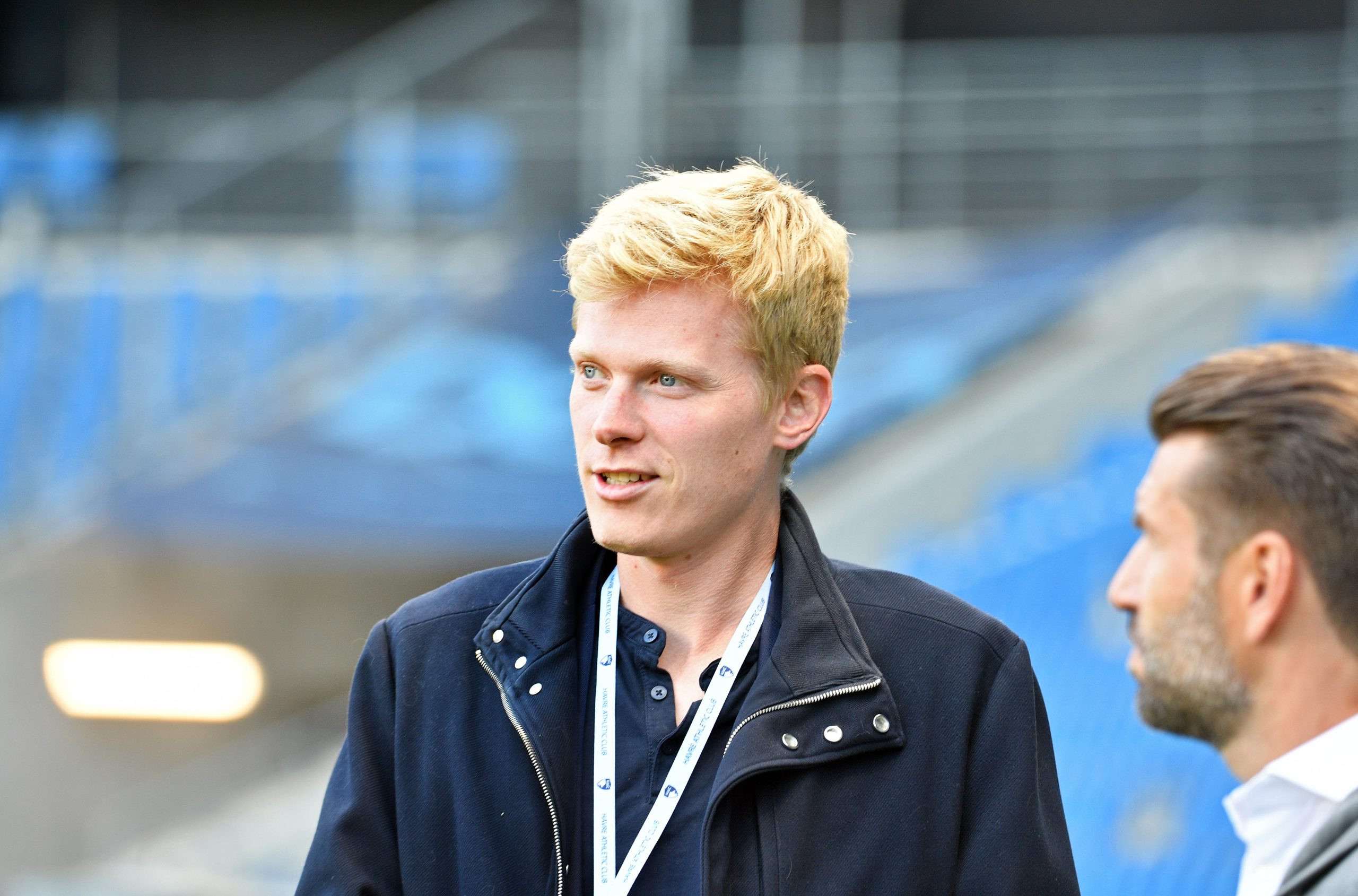
03 May Maximizing Performance with Data Analytics: Le Havre’s Strategy for Quick Implementation and Tailored Insights
For a club with high ambitions, it is important to have a data strategy and a cutting edge analysis system.
We have spoken with Le Havre’s Head of Analysis Julien Momont about their football strategy, how they embrace data analysis, contextualizes data, and how they use the SportAnalytics Platform to support their daily work and to improve the performance on and off the pitch.
What are the major steps to start using data and getting insights, in order to support the technical staff and the club’s management?
“First of all, we tried to define our vision regarding data. For the first team, as we only arrived at the club at the end of June with a new sporting director, Mathieu Bodmer, and a new manager, Luka Elsner, we needed to be operational quickly. We were thus looking for ready-to-use platforms to put our processes in place. That is why we thought of SportAnalytics to help us get insight from the tracking data provided by the league.
When then had multiple discussions with the manager to understand what he wants, when he wants it and in which format. Since the goal is for the manager and the technical staff to use our insight to take action on the pitch, everything has to be tailored to their needs.
I am always looking for feedback from the technical staff to improve the data reports that we send them every week pre- and post-match. Our process has to be adaptable, and we try to improve it week by week with new ideas.”
What are the key values of your data strategy?
“With data, we are first looking for objectivity in performance evaluation, even though data is not always totally objective since it is first defined and/or collected by a human. We look for strategic insights that will help us better understand the way our opponents play to define our game plan, and then to analyse our performance with the highest accuracy.
In the longer term, we will try to build an infrastructure that will enable us to gather, organize and manipulate data internally, to develop our own models and algorithms, as well as automate all of our data processes.”
What are, in your opinion, the main benefits of the SportAnalytics platform?
“Working with tracking data internally requires resources that we don’t have at the moment. SportAnalytics helps us to easily and quickly get insight from the tracking data provided by the league, with a lot of interesting advanced metrics, a lot of them developed in line with the latest scientific models published. The integration of video to the platform is also very useful to quickly link data to specific game clips.
We also like the fact that the SportAnalytics team is really open to discuss the implementation of new metrics that we may suggest to them.”
What internal / external decisions have been influenced by using the SportAnalytics platform? How do you get value from the data?
“We use the SportAnalytics platform for both opponent analysis and post-match performance review. We look at specific metrics and visualisations, like the « play style » radars, to try and understand how our opponent plays, which are its strong points and potential areas of weakness. We also look at the individual metrics to quickly spot the main threats.
After the game, we look for specific KPIs that event data providers don’t have, especially around space control.
We are still at the beginning of our project, and we will try to go further with the use of SportAnalytics in our analysis work because the platform has a lot of insight to offer.”
How do tracking data improve your analysis?
“Traditional event data can tell us a lot about a game, but it often lacks key context to interpret it. Tracking data gives a lot more granularity to the data, adding multiple layers like space control and physical data. It gives us a much more detailed view of key aspects of the game and enables us to go much further in our analysis.”
